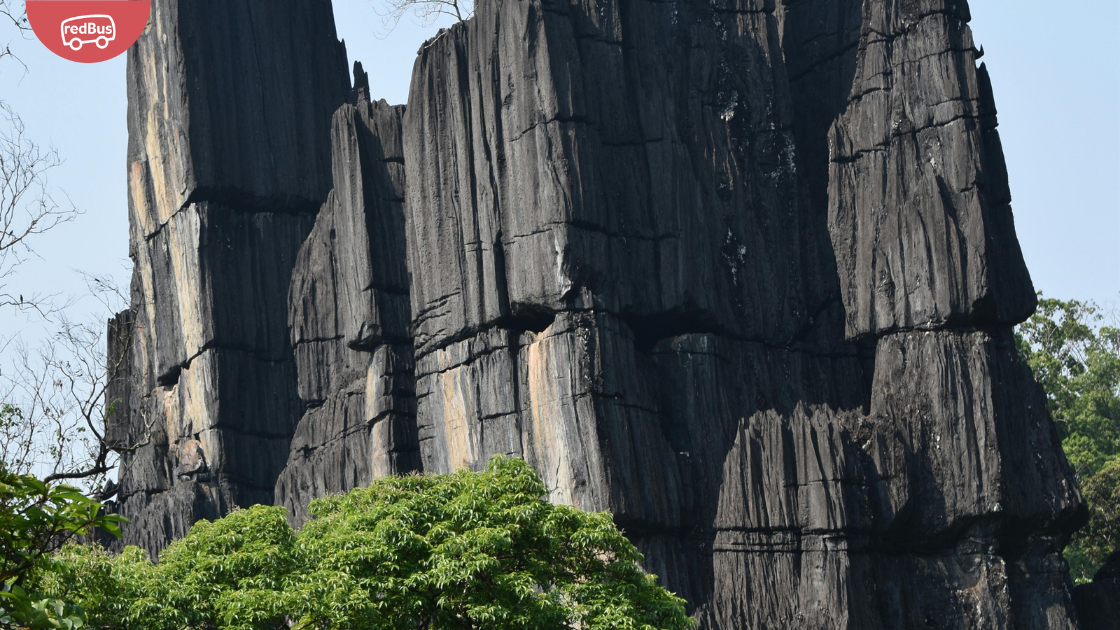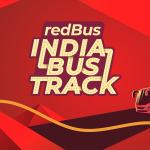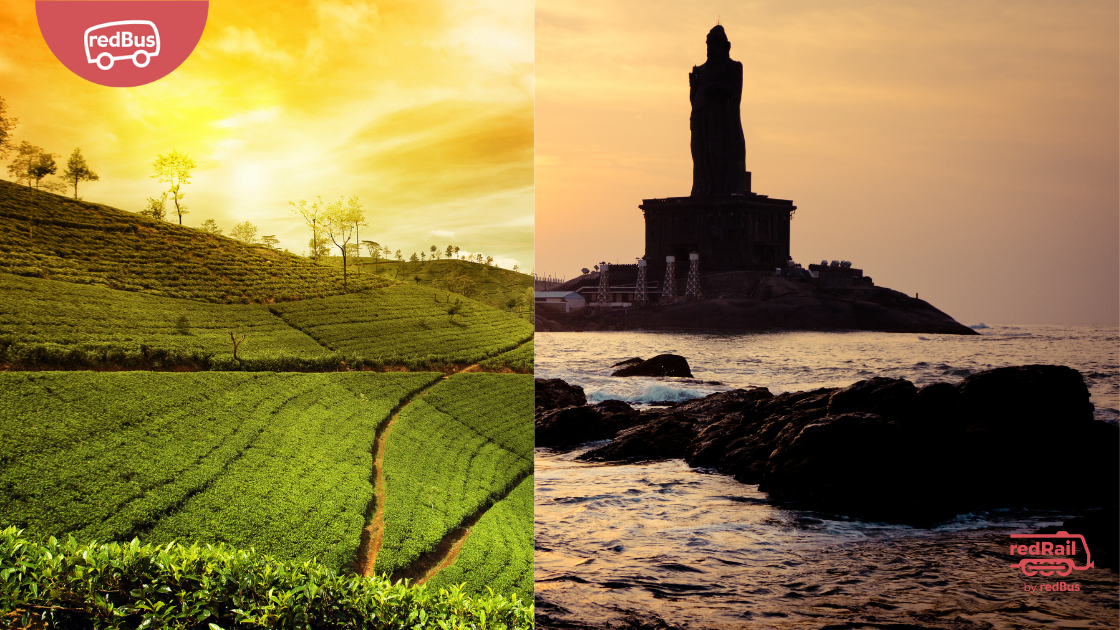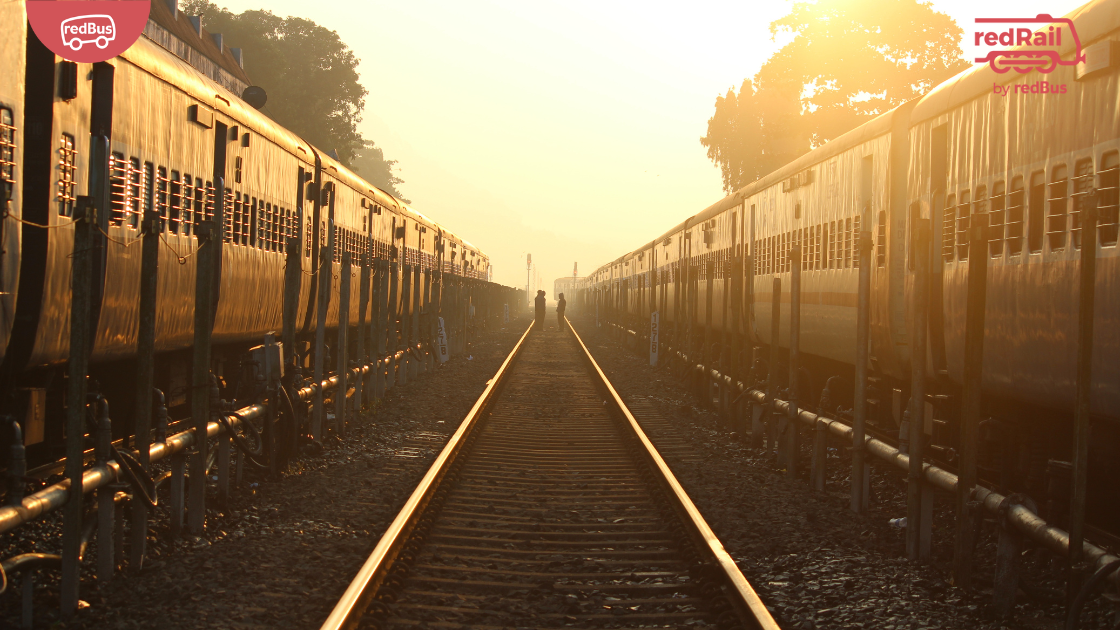India, with its vast landscapes, diverse cultures, and rich history, offers some of the most intriguing train journeys in the world. Among these, the longest train journey in India is an extraordinary voyage that spans the length and breadth of the country, covering thousands of kilometres and offering passengers a unique experience. This remarkable journey not only highlights the engineering prowess of Indian Railways but also provides an immersive cultural experience as travellers traverse through numerous states, cities, and regions. This blog will give you insights about this incredible journey, its significance, and the myriad experiences it offers.
The Train: Vivek Express
The longest train journey in India is undertaken by the Vivek Express, which runs from Dibrugarh in Assam to Kanyakumari in Tamil Nadu. Covering a staggering distance of approximately 4,273 kilometers, this train journey is one of the longest in the world. Named after Swami Vivekananda, the Vivek Express symbolizes the spirit of unity and diversity, connecting the northeastern tip of India to the southernmost point.
Route and Duration
The Vivek Express (Train No. 15906) begins its journey from Dibrugarh, located in the Northeastern state of Assam, and travels all the way to Kanyakumari, the Southernmost tip of mainland India. The journey covers a total of eight states: Assam, West Bengal, Bihar, Jharkhand, Odisha, Andhra Pradesh, Kerala, and Tamil Nadu.
The train operates on a weekly schedule, departing from Dibrugarh on Saturdays and reaching Kanyakumari on Wednesdays. The total duration of the journey is approximately 82 hours, making it a journey that spans over three days and three nights.
Major Stops Along the Route
The Vivek Express passes through several important cities and towns, each offering a glimpse into the diverse cultural and geographical landscape of India. Some of the notable stops along the route include:
- Dibrugarh (Assam): The journey begins in Dibrugarh, a city known for its tea gardens and natural beauty.
- Guwahati (Assam): The gateway to the northeastern states, Guwahati is known for its ancient temples and vibrant culture.
- Howrah (West Bengal): Located near Kolkata, Howrah is one of the busiest railway stations in India and serves as a major hub for travelers.
- Bhubaneswar (Odisha): Known as the Temple City of India, Bhubaneswar is rich in history and architecture.
- Visakhapatnam (Andhra Pradesh): A coastal city known for its beautiful beaches and naval base.
- Vijayawada (Andhra Pradesh): An important commercial and transportation hub in Andhra Pradesh.
- Chennai (Tamil Nadu): The capital city of Tamil Nadu, Chennai is known for its cultural heritage and bustling city life.
- Kochi (Kerala): A major port city in Kerala, known for its backwaters and vibrant trade history.
- Thiruvananthapuram (Kerala): The capital city of Kerala, known for its beaches, temples, and cultural richness.
- Kanyakumari (Tamil Nadu): The final destination, Kanyakumari is famous for its unique geographical location, where the Arabian Sea, Bay of Bengal, and Indian Ocean meet.
Experiences and Highlights of the Journey
Scenic Beauty
One of the most captivating aspects of the Vivek Express journey is the breathtaking scenic beauty that passengers witness along the way. From the lush tea gardens of Assam and the rolling hills of the Eastern Ghats to the serene backwaters of Kerala and the pristine beaches of Kanyakumari, the journey offers a visual treat. The diverse landscapes change dramatically as the train moves from the Northeastern to the southern parts of India, showcasing the country’s natural splendor.
Cultural Diversity
The journey on the Vivek Express is a microcosm of India’s rich cultural tapestry. As the train traverses through different states, passengers get a chance to experience the unique traditions, languages, cuisines, and lifestyles of each region. From the Assamese hospitality and Bengali sweets to the Odia temples, Andhra cuisine, and Tamil Nadu’s classical music and dance, every stop brings a new cultural experience.
Historical Landmarks
The route of the Vivek Express passes through several cities with significant historical landmarks. For instance, Guwahati is home to the Kamakhya Temple, a major pilgrimage site. In Bhubaneswar, passengers can explore ancient temples like the Lingaraj Temple. Chennai offers historical sites like Fort St. George and the Marina Beach. These landmarks provide a deeper understanding of India’s rich history and heritage.
Railway Stations
The journey on the Vivek Express also offers an opportunity to experience some of the iconic railway stations in India. The Howrah Junction, one of the oldest and busiest railway stations, is an architectural marvel. Similarly, the Chennai Central station, with its Gothic-style architecture, is a landmark in itself. Each station along the route has its own charm and history, adding to the overall experience of the journey.
People and Stories
Train journeys in India are known for the interesting interactions and stories that unfold along the way. The Vivek Express is no exception. Passengers from diverse backgrounds and regions come together, sharing their stories, experiences, and sometimes even food. These interactions often lead to lifelong friendships and memories, making the journey even more special.
Practical Tips for the Journey
Booking Tickets
Booking tickets for the Vivek Express can be done through the official Indian Railways website (IRCTC) or through its authorized booking platforms, such as redRail by redBus. Given the length and popularity of the journey, it is advisable to book train tickets well in advance, especially during peak travel seasons.
Travel Class Options
The Vivek Express offers different classes of travel to cater to various budget and comfort preferences. These include:
- First AC (1A): Offers the highest level of comfort with private cabins, clean linens, and personalized service.
- Second AC (2A): Provides comfortable sleeping arrangements with air-conditioning and clean linens.
- Third AC (3A): A more economical option with air-conditioned sleeping berths and clean linens.
- Sleeper Class (SL): Offers non-air-conditioned sleeping berths at a lower cost, suitable for budget travellers.
- General Class (GS): The most economical option, providing basic seating without reservations.
Packing Essentials
Given the long duration of the journey, it is essential to pack wisely. Some key items to consider include:
- Comfortable clothing and footwear
- Toiletries and personal hygiene products
- Snacks and bottled water
- Entertainment options like books, magazines, or electronic devices
- Power banks and chargers
- A blanket or shawl for added comfort
Safety and Security
While Indian Railways ensures the safety and security of passengers, it is always advisable to take some precautions. Keep your belongings secure, avoid accepting food from strangers, and be cautious about interacting with unknown individuals. Additionally, carrying a small first-aid kit can be helpful in case of minor health issues.
Food and Refreshments
The Vivek Express provides pantry car services, offering a variety of meals and snacks. However, passengers can also carry their own food and refreshments. At major stops, local vendors often sell regional delicacies, giving passengers a chance to savor the local flavours.
Conclusion
The longest train journey in India, undertaken by the Vivek Express, is more than just a means of transportation. It is an adventure that encapsulates the essence of India, offering passengers an unparalleled opportunity to explore the country’s diverse landscapes, cultures, and histories. From the lush green tea gardens of Assam to the serene beaches of Kanyakumari, the journey is a visual and cultural feast. So, what are you waiting for? Book your train tickets on redRail now!











